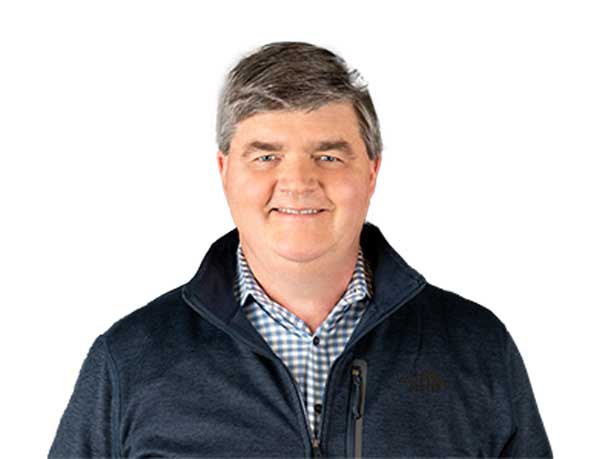ScienceLogic CEO Link: AI, LLMs Can Help With Proactive Quality Monitoring
‘The future is looking at the degraded state rather than the failed state and getting it to a healthy state in real time,’ ScienceLogic CEO Dave Link says.

ScienceLogic CEO Dave Link warns that we are at the top of a hype cycle for artificial intelligence, and solution providers need to know what AI is good at and where it is bad.
The good: Link and his team at the Reston, Va.-based AI operations (AIOps) and IT operations management vendor are exploring how to use large language models (LLMs) and generative AI (GenAI) technology to proactively monitor products and services for degradation, Link told an audience of solution providers at CRN parent The Channel Company’s 2023 XChange Best of Breed Conference held in Atlanta.
His hope is that solution providers can use ScienceLogic tools to avoid outages.
“The promise of leveraging the models – including the large language models – to get to a smarter outcome, to alleviate service down from that degraded state, is the future,” Link said. “And that’s what we’re focused on. And we’re focused on making sure, for the service provider community that we serve, we go from that standby, always worried for the next crisis that’s around the corner.”
[RELATED: Dell Will Acquire AIOps Platform Moogsoft]
ScienceLogic Invests In AI
Link continued: “The future is looking at the degraded state rather than the failed state and getting it to a healthy state in real time.”
For the areas where LLMs and GenAI have trouble, Link warned that in his view, the technology is less capable of finding insights in raw data and telemetry compared to human-generated content such as emails, chats and source code.
“It’s not the best way to pour through millions or billions of log events that might come through a four- or five-day period to actually get to an insight against an outage,” Link said.
Still, humans need new technology to sift through an ever-growing amount of log streams – Link said that the typical five-or-so log streams engineers would look through has grown to as many as 1,000 streams thanks to containerized and cloud-native applications.
ScienceLogic itself collects close to 20 trillion objects every few days across its customer base, Link said.
With that, LLMs in his view are not adept at finding “unknown unknowns,” the type of rare events LLMs can miss, Link said.
“Those are our hardest problems to solve in all of IT,” Link said. “That is a really interesting problem to solve. We have spent a lot of time on that. We built an engine that takes raw logs, sys logs or Kubernetes logging, cloud logs, cloud trails, and it’ll basically figure it out without any human intervention, setting up rules and setting up policies.”
About 30 percent of ScienceLogic’s overall sales come through the channel, according to CRN’s 2023 Channel Chiefs.
Maryann Pagano, CEO of New York-based BlackHawk Data, No. 383 on CRN’s 2023 Solution Provider 500, told CRN that her business is a recent partner with ScienceLogic.
In a short period of time, BlackHawk has seen impressive ScienceLogic sales in the public sector. Pagano sees potential to grow the practice into more sectors.
“I want to get the commercial side of that business going,” she said. “I want to get the MSP side going.”
ScienceLogic, founded in 2003, has reported recent growth as businesses continue to explore the pros and cons of AI, a potential catalyst of more technology spending in a normalized environment after the height of COVID-19.
In April, ScienceLogic, which is privately held, reported that it saw 37 percent year-over-year annual recurring revenue (ARR) bookings growth in its first quarter, deeming the period “its best Q1 performance to date.”
Link told the audience that he wants this proactive degradation monitoring capability embedded in his company’s products and shown to users as a data set in a unified view. He warned though that the technology is aimed at service quality rather than security for now.
“What we are really trying to do is get to the at-risk data set so you can fix it before it gets unavailable,” he said. “And that’s I think the mission that we’re on. … The best of all worlds is never to be flat footed when the customer calls in saying system down. That’s the worst feeling in the world.”